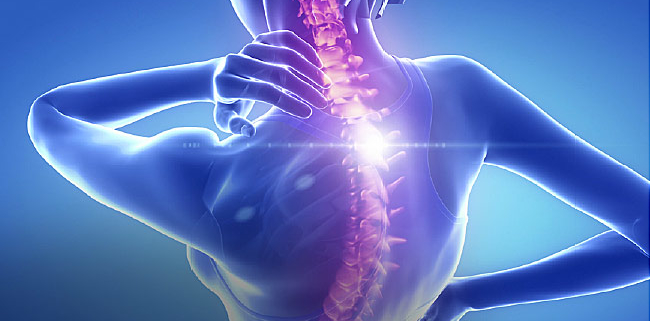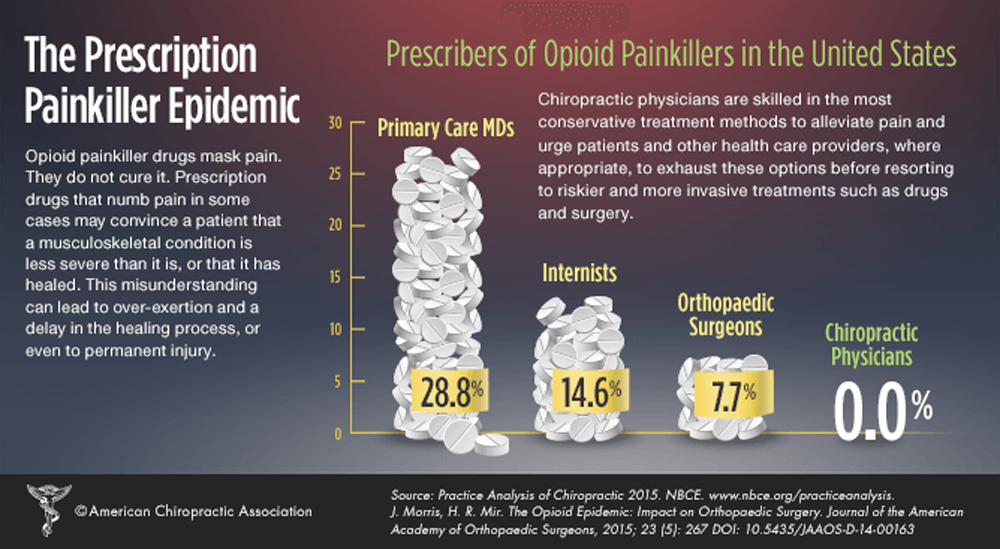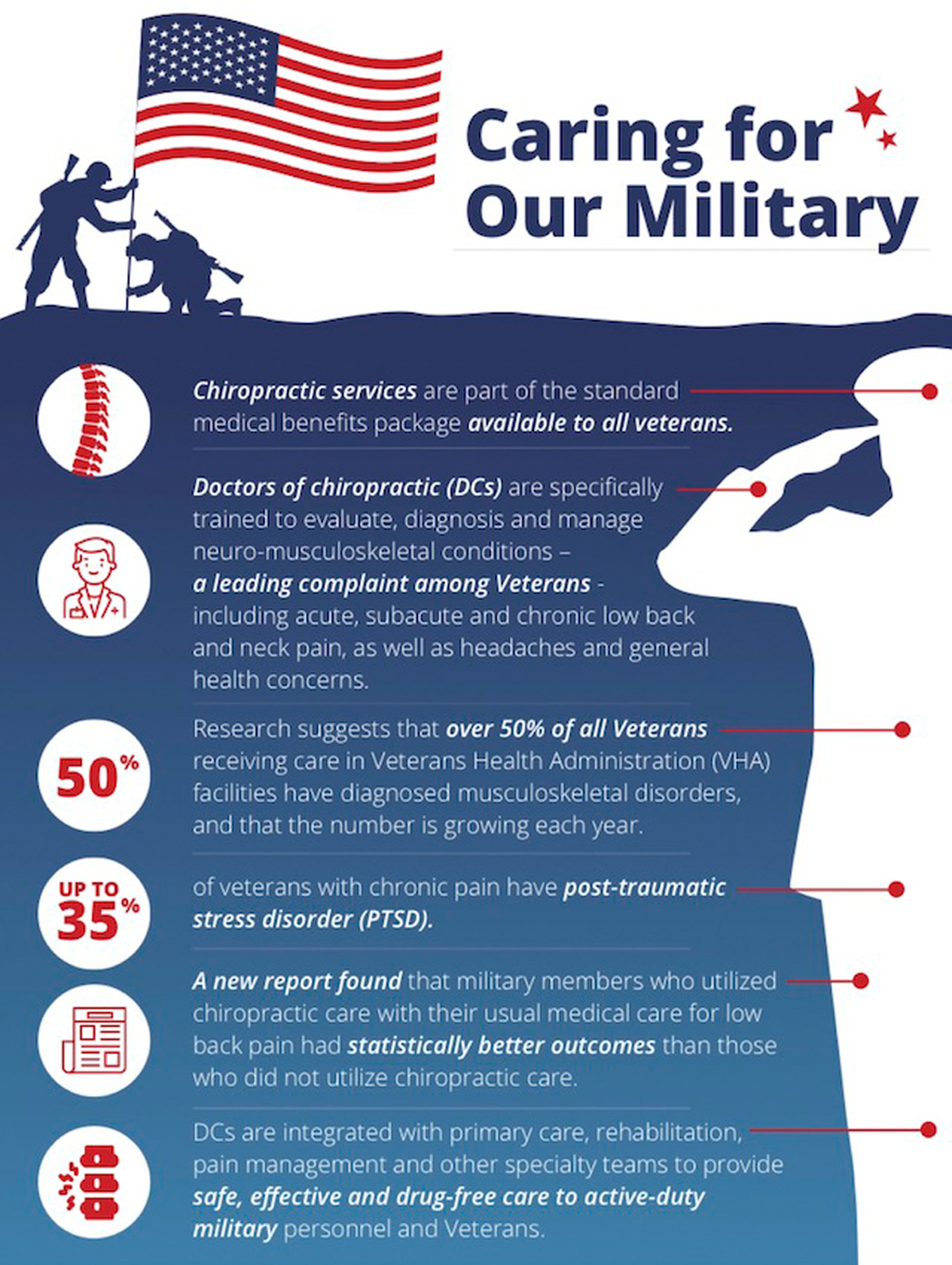Utilization of Chiropractic Services in Patients with Osteoarthritis and Spine Pain at a Publicly Funded Healthcare Facility in Canada: A Retrospective Study
Utilization of Chiropractic Services in Patients with Osteoarthritis and Spine Pain at a Publicly Funded Healthcare Facility in Canada: A Retrospective Study
SOURCE: J Back Musculoskelet Rehabil 2022 (Feb 25) [EPUB]
Amber Reichardt, Steven R Passmore, Audrey Toth, Gerald Olin
Faculty of Kinesiology and Recreation Management,
University of Manitoba,
Winnipeg, MB, Canada.
Background: Osteoarthritis (OA) is one of the most prevalent and disabling musculoskeletal diseases worldwide. There is preliminary evidence from experimental studies and consensus documents that chiropractic management may alleviate spine and/or extremity OA related pain in the short term.
Objective: This research explores the potential relationship of a pragmatic course of care, including soft tissue therapy, spinal manipulation, and other treatments commonly delivered by chiropractors, to spine and extremity pain in patients with OA.
Methods: A retrospective analysis of prospectively collected data from the chiropractic program at a publicly funded healthcare facility was conducted. The primary outcome measures for patients diagnosed with spine and/or extremity OA (n= 76) were numeric pain scores of each spinal and extremity region at baseline and discharge, and a change score was determined.
Results: Statistically significant improvements that exceed a clinically meaningful difference in pain numeric rating scale scores were demonstrated by point change reductions from baseline to discharge visits. Change scores exceeding a minimally clinically important difference of “2-points” were present in the sacroiliac (-2.91), extremity (-2.84), cervical (-2.73), thoracic (-2.61), and lumbar (-2.59) regions.
There are more articles like this @ our:







